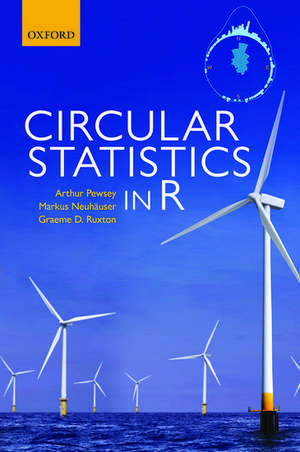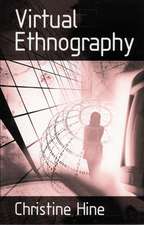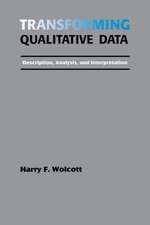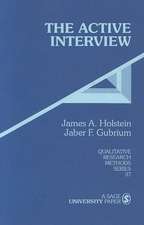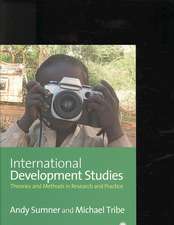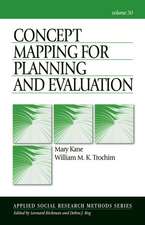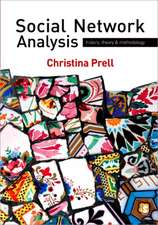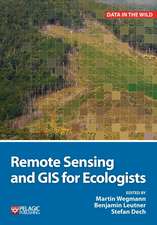Circular Statistics in R
Autor Arthur Pewsey, Markus Neuhäuser, Graeme D Ruxtonen Limba Engleză Paperback – 26 sep 2013
Preț: 345.05 lei
Nou
Puncte Express: 518
Preț estimativ în valută:
66.02€ • 69.12$ • 54.63£
66.02€ • 69.12$ • 54.63£
Carte tipărită la comandă
Livrare economică 25-31 martie
Preluare comenzi: 021 569.72.76
Specificații
ISBN-13: 9780199671137
ISBN-10: 0199671133
Pagini: 208
Ilustrații: illustrations
Dimensiuni: 160 x 236 x 13 mm
Greutate: 0.33 kg
Editura: Oxford University Press
Colecția OUP Oxford
Locul publicării:Oxford, United Kingdom
ISBN-10: 0199671133
Pagini: 208
Ilustrații: illustrations
Dimensiuni: 160 x 236 x 13 mm
Greutate: 0.33 kg
Editura: Oxford University Press
Colecția OUP Oxford
Locul publicării:Oxford, United Kingdom
Recenzii
It's amazing how often I'm asked for advice about circular statistics. Even simple questions such as 'what's the mean direction?' or 'are species active at different times of day?' require circular statistics and they are rarely catered for in statistical texts. What Pewsey et al. have produced is a long-awaited guide to both the theory and practice of circular statistics with a focus on R. It's a book I'll be consulting frequently and recommending to students and colleagues alike
Notă biografică
Arthur Pewsey is Professor of Statistics at the University of Extremadura, Spain. He has devoted much of the last fifteen years of his life to research in the field of circular statistics. Arthur is Associate Editor of Communications in Statistics: Theory and Methods and Communications in Statistics: Simulation and ComputationMarkus Neuhäuser is Professor of Statistics at the RheinAhrCampus Remagen, Germany. He is an expert in computer-intensive statistical methods. Markus is Associate Editor of Journal of Statistical Computation and Simulation , Communications in Statistics: Theory and Methods and Communications in Statistics: Simulation and ComputationGraeme D Ruxton is Professor of Ecology at the University of St Andrews. He is a biologist with particular interest in making modern statistical techniques accessible to broad user groups.
